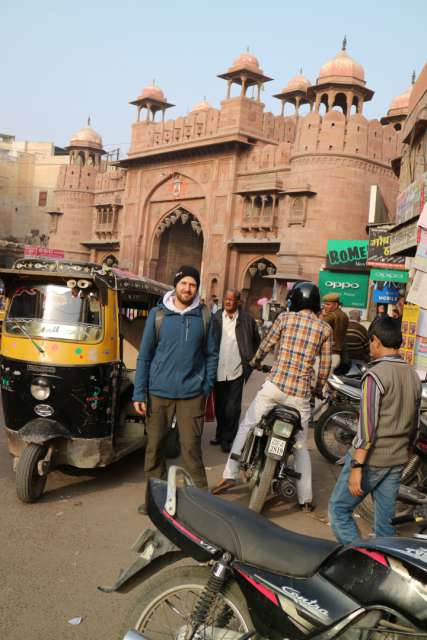Day 17 to 20 Varanasi/ Sarnath - Uttar Pradesh
Tshaj tawm: 18.01.2017
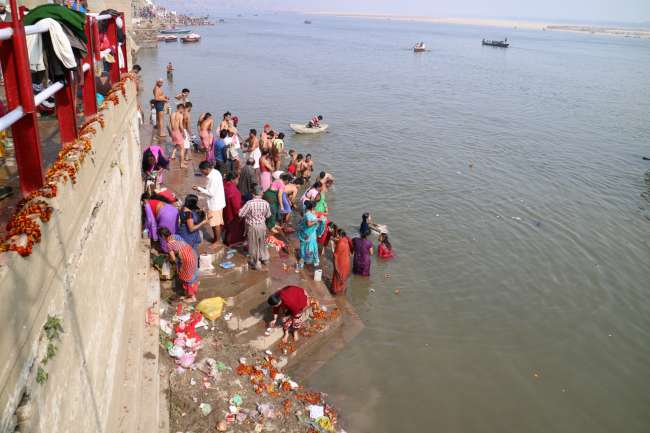
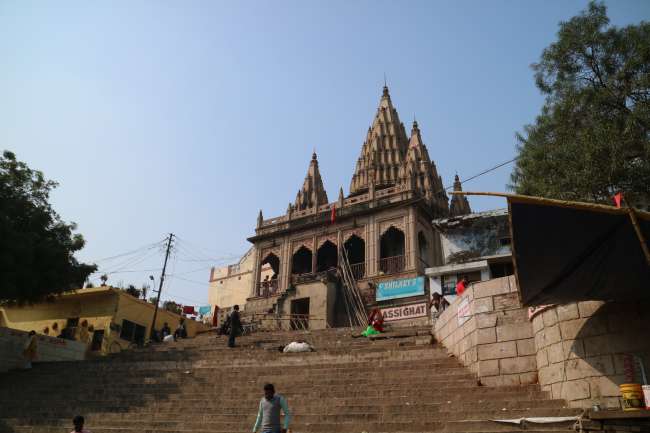
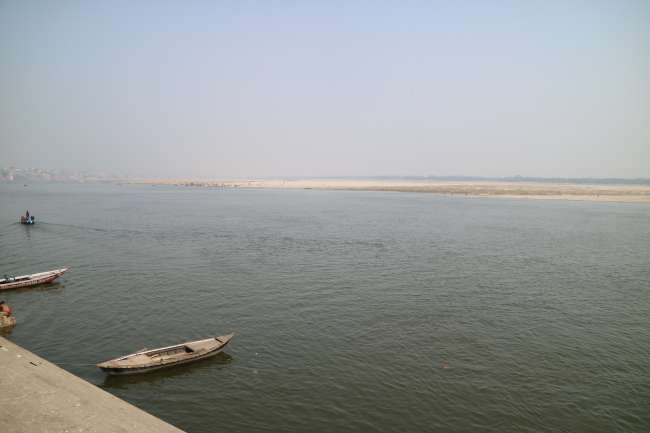
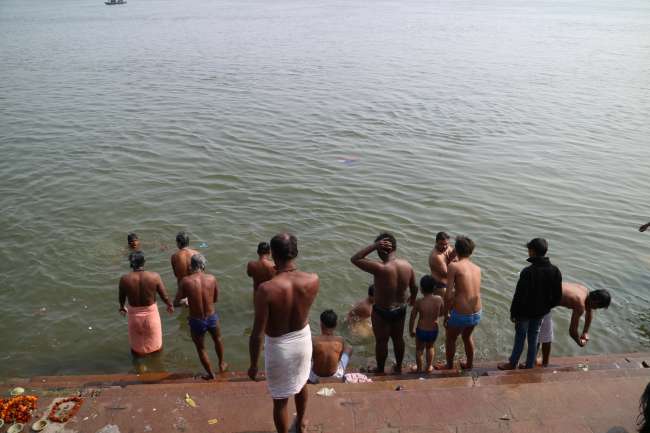
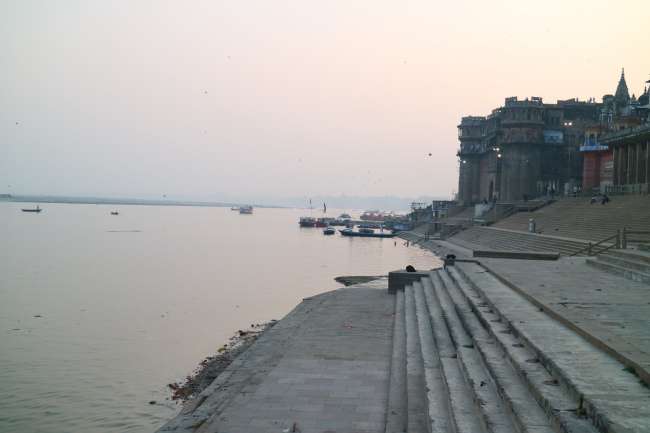
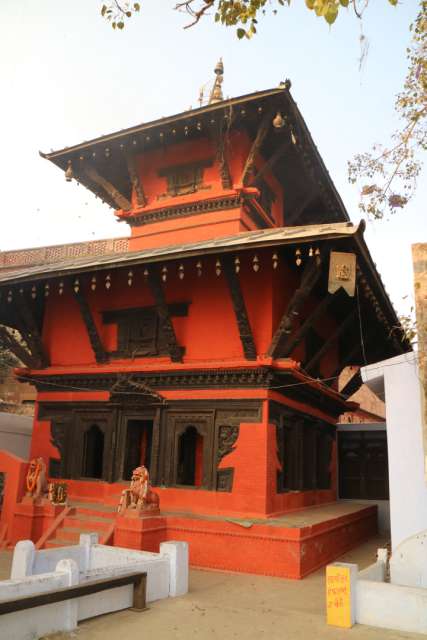
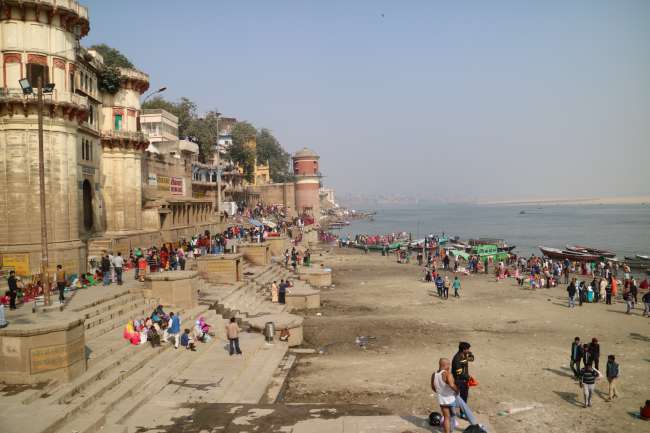
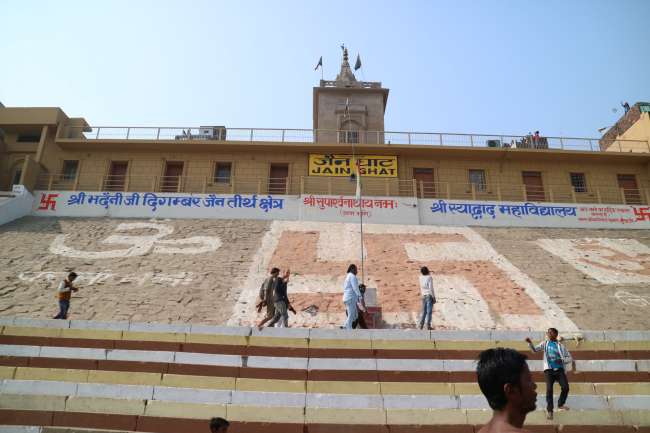
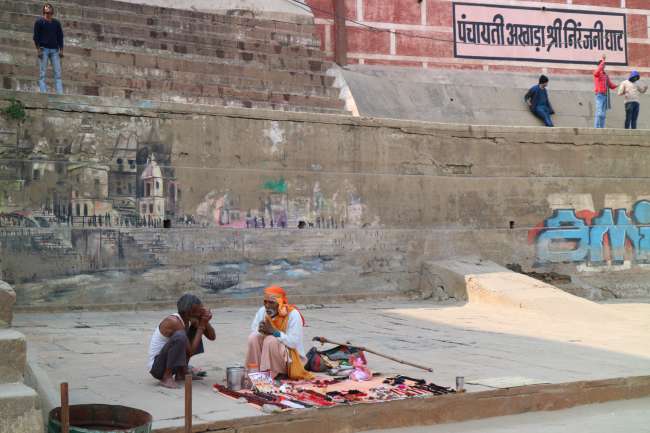
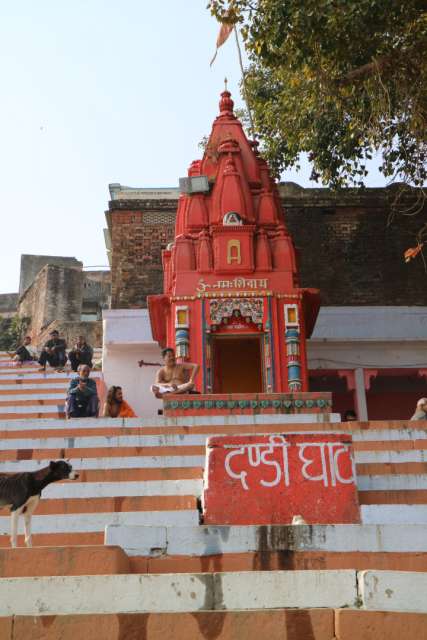
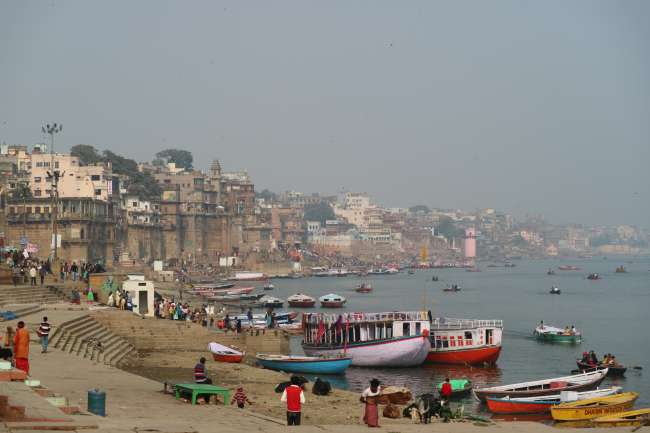
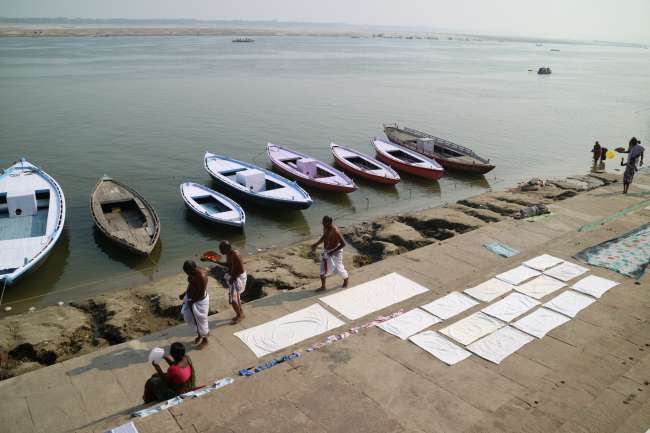
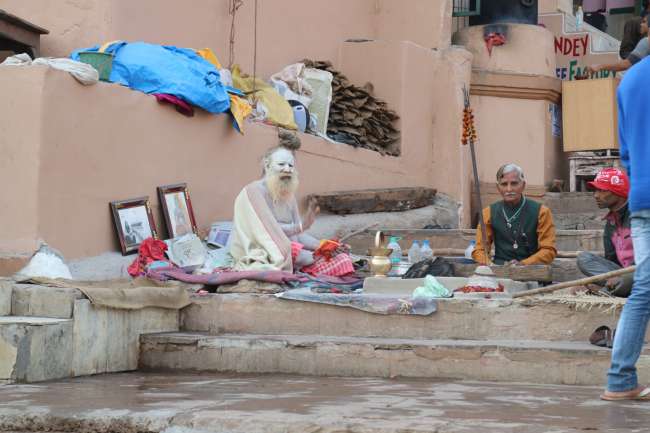
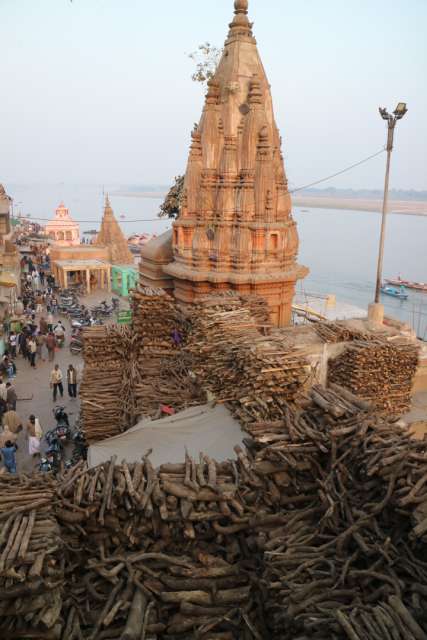
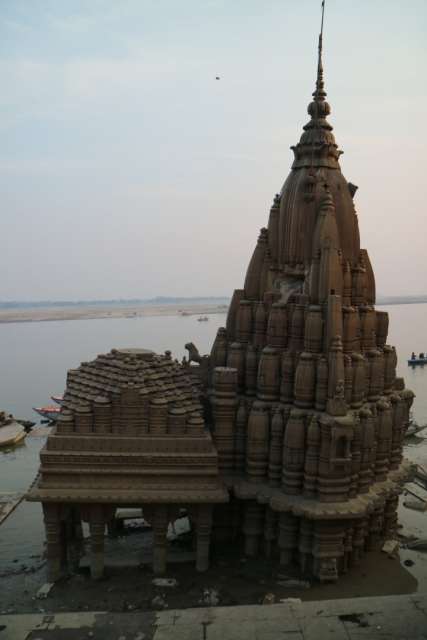
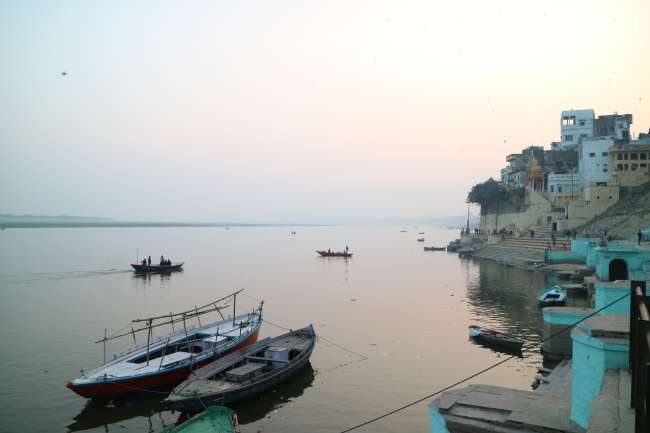
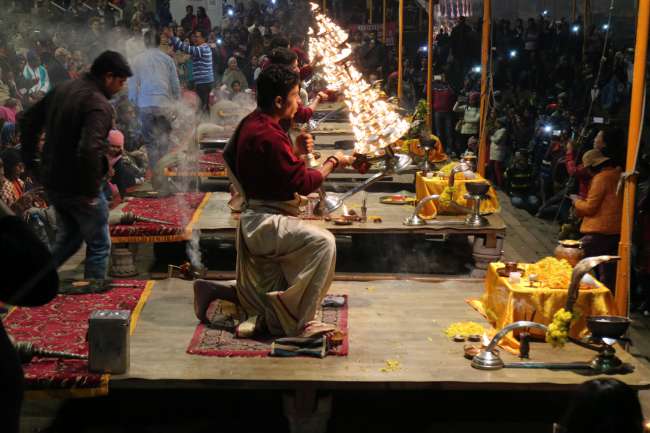
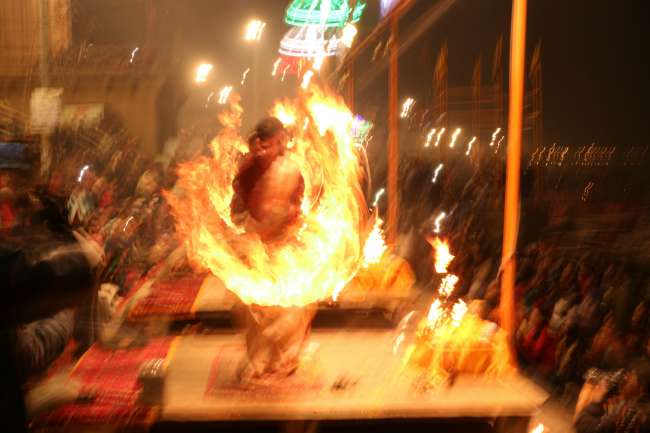
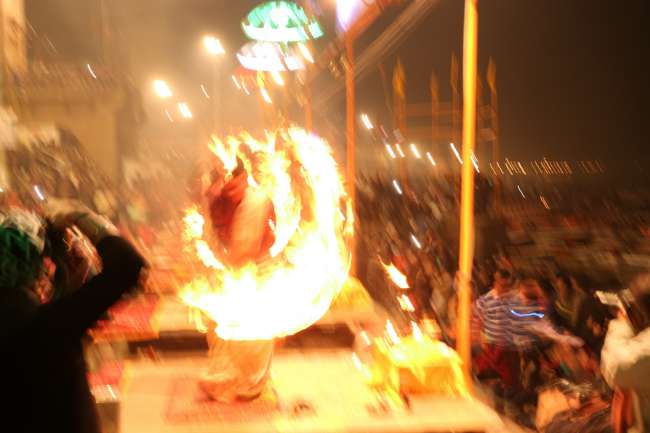
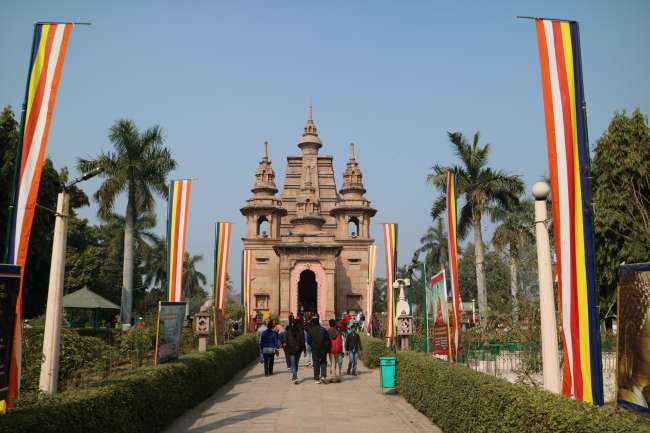
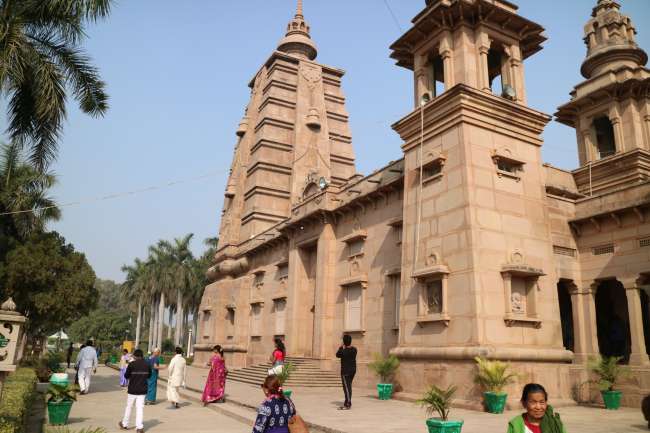
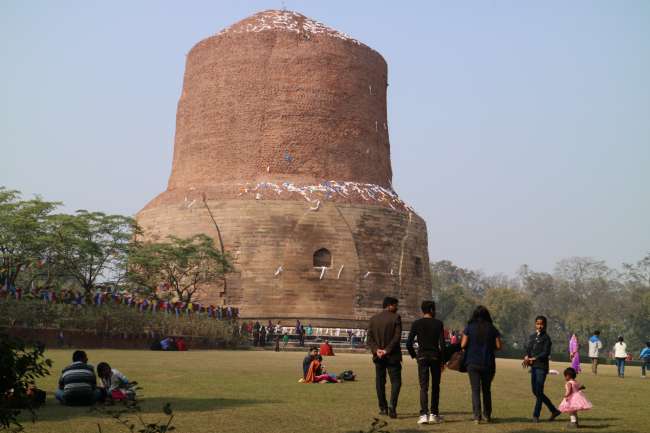
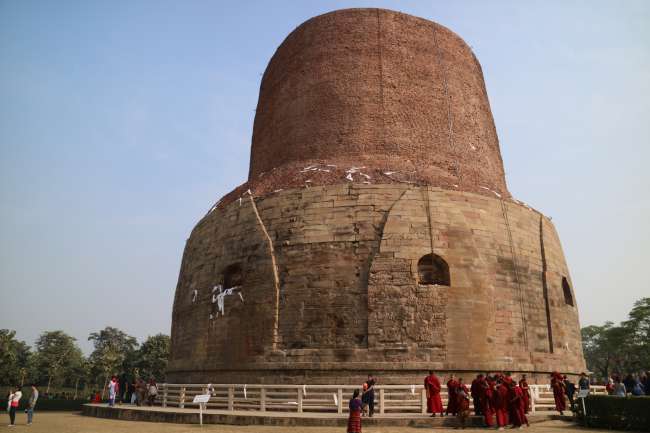
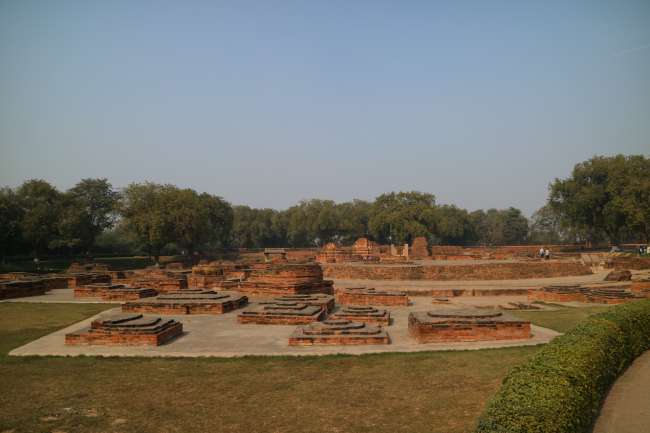
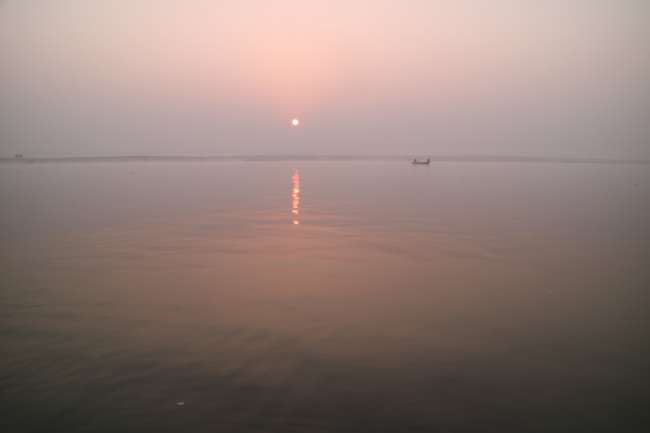
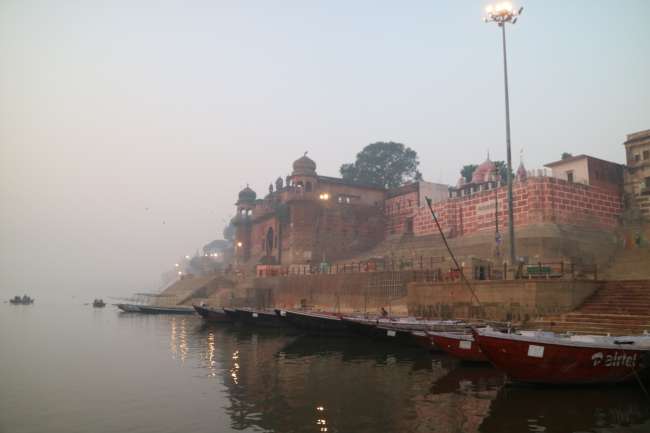
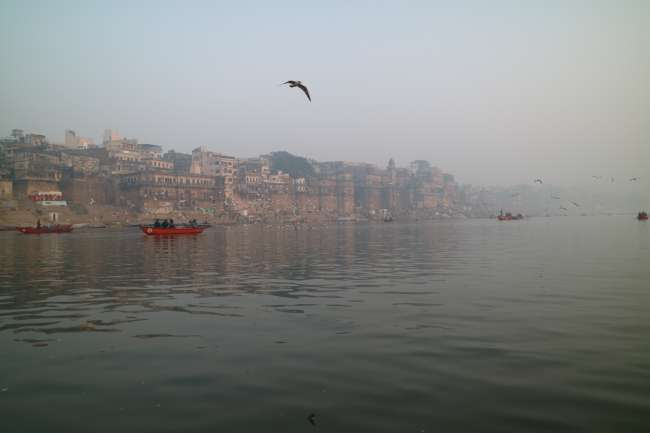
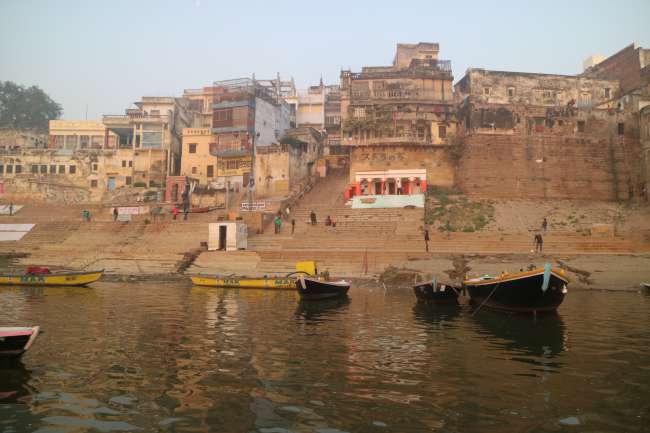
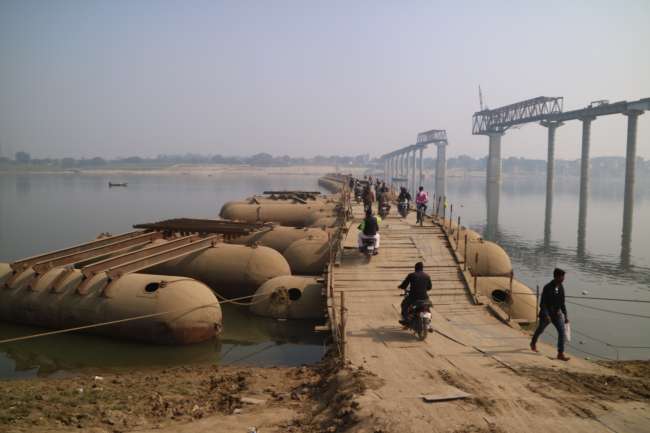
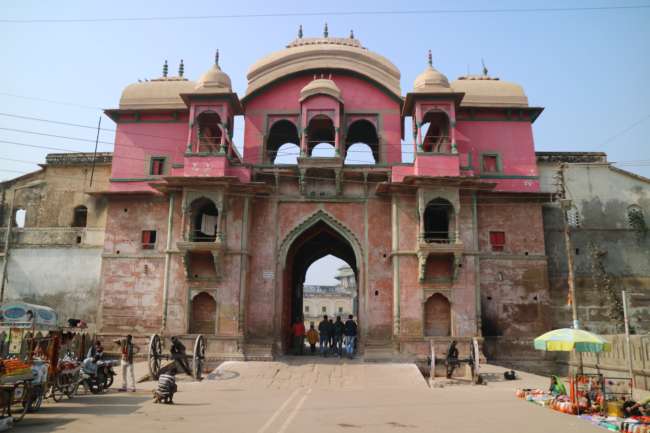
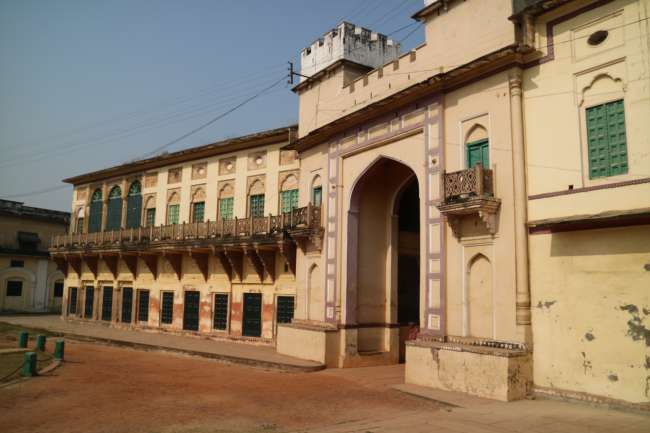
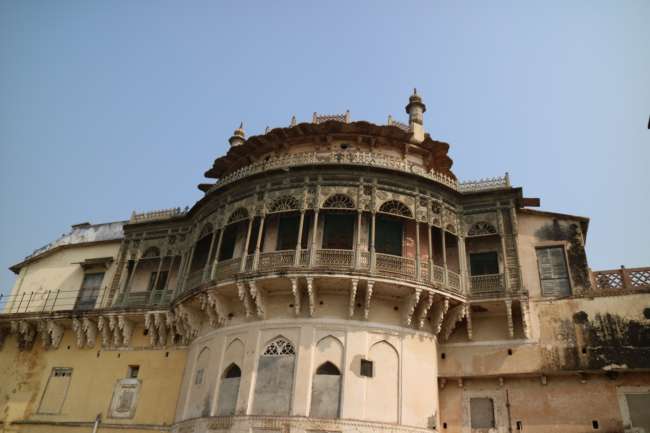
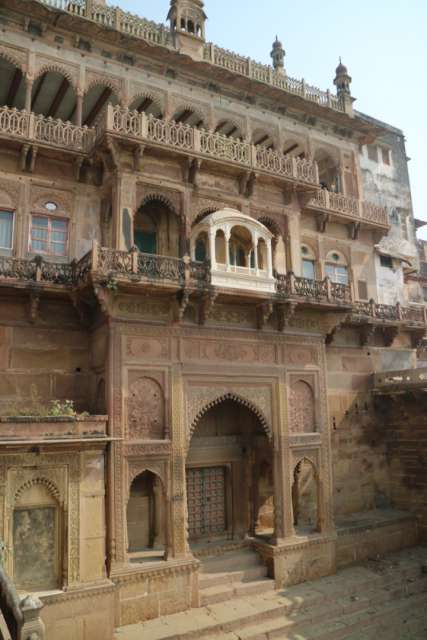
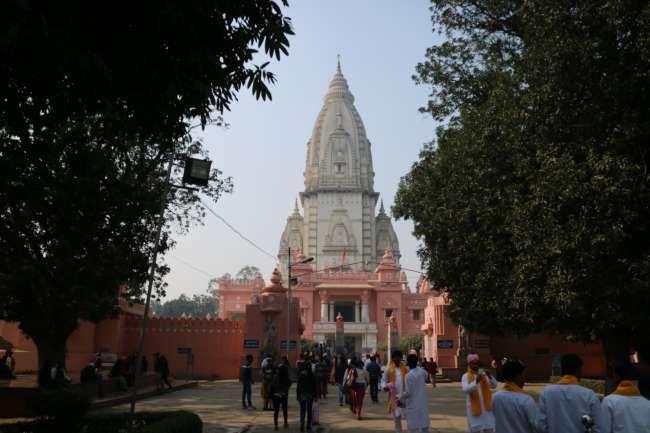
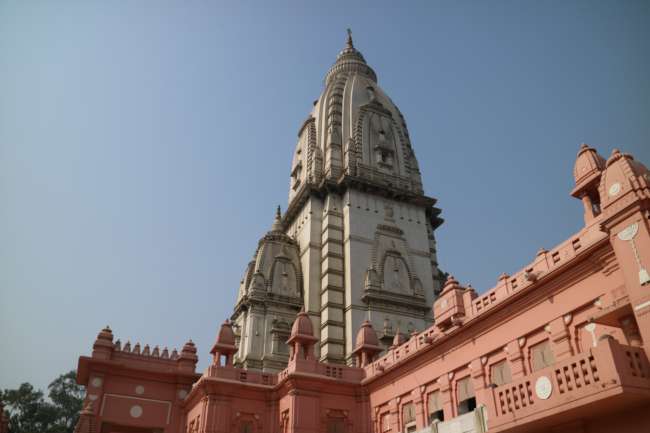
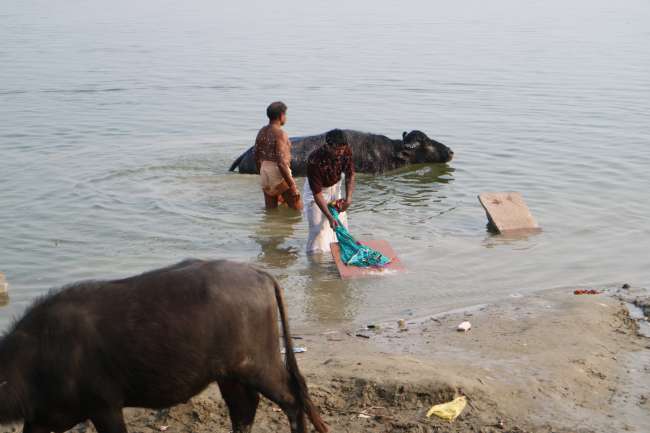
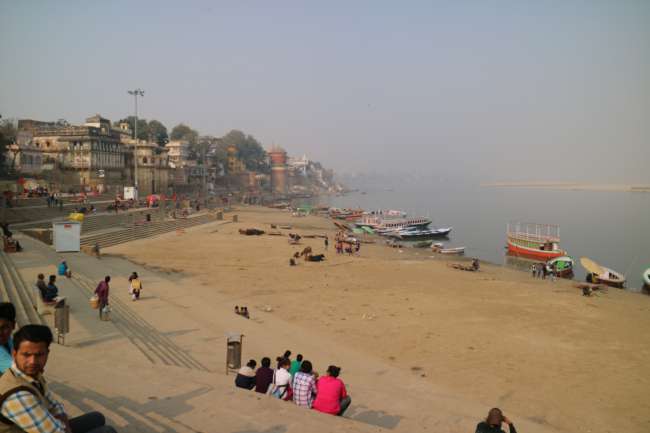
Sau npe yuav ntawv xov xwm
Namaste,
the train stops, the door opens, and you find yourself in the middle of chaos once again.
Once you step outside the train station, everything is as usual. You are surrounded from all sides, and haggling is in full swing. Who can offer the best price for a Tuk Tuk to the guesthouse 5 km away? Unfortunately, this time there is no reasonable agreement. And walking 5 km is out of the question. Suddenly, someone taps me from behind and says, 100 rupees, okay! The Tuk Tuk drivers were dumbfounded, as this time the bicycle rickshaw driver won. And he pedaled through the chaotic mess that prevailed once again today. He did the same as all other road users, except for one difference - his horn was not as loud as the others. He only had an ordinary bicycle bell, and it rang continuously. Oh, I forgot to mention, I was now in Varanasi. The holiest city for Hindus. It is also known as the city of death, as those who die here supposedly go straight to heaven. That is why many elderly people come here to die. They receive a final wash in the Ganges and are then burned at one of the 2 available ghats.
The next morning, it was finally time. I went to the Assi Ghat (the highest of the total 84 ghats), and I finally stood at the legendary "Ganges." The Indians call it "Mother Ganga." I let the peaceful atmosphere sink in. Every now and then, you could see the spots where the believers bathed in the Ganges and its holy water. What seems carefree to them would be a nightmare for the rest of us. The heavy metals and sewage water from upstream are worrisome, as well as the animal carcasses and human remains that end up in the river. Yes, human corpses also go into the river because only those who die a natural death are cremated. Otherwise, the bodies go directly into the river. And as you stroll along the ghats during the day, you inevitably pass by these 2 cremation sites, where you can take a close look at everything, which can be quite uncanny for us.
The extreme heat stings your eyes when you're there, the smoke takes your breath away. And once again, the animals participate in the whole affair. Goats, dogs, and of course, cows, are all mingling in the midst of the chaos.
It's also interesting to know that around 400 cremations take place here every day, 24 hours a day, 7 days a week. And allegedly, the eternal fire that ignites each cremation has been burning continuously for 3500 years. It's unimaginable for me, but it's possible because this is supposedly the longest continuously inhabited city in the world. And where does the name "Varanasi" come from? I was also told this story. It so happens that there are two smaller rivers here that flow into the Ganges - the Varana and the Assi. Hence the name "Varanasi."
The next day, I was slowed down a bit because my stomach didn't agree with me. But there was no time to waste, so I took a Tuk Tuk to Sarnath, a place about 12 km away and again influenced by Buddhism. Historically, Buddha preached here in 530 BC and set the wheel of dharma in motion just 5 weeks after his enlightenment. And that's exactly where the Dhamekh Stupa stands today. Unfortunately, as mentioned before, due to my upset stomach, I took the Tuk Tuk back after a short time.
The third day here started with an early morning boat ride on the Ganges to witness the sunrise. I also visited the "Ramnagar Fort" across from the "Assi Ghat," but it's not in good condition. And due to a misunderstanding with the Tuk Tuk driver, I ended up at the "New Vishwanath Temple," which is much bigger than the other one with a similar name in the city. But you can visit and explore this one without any problems. It is said that there are difficulties in entering the other temple, so I didn't bother visiting it separately.
I spent the rest of the day observing life on the banks of the Ganges. And in the evening, I took the overnight train to my next destination, bidding farewell to the state of Uttar Pradesh. The next place is Rajgir, near Patna, and it will take me to Bihar.
Namaste
Sau npe yuav ntawv xov xwm
Teb

Daim ntawv qhia txog kev mus ncig Is Nrias teb

